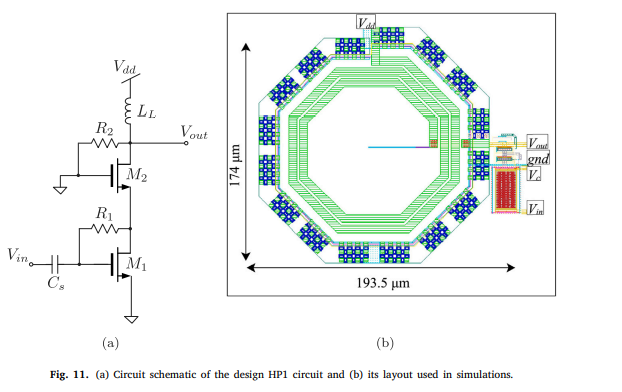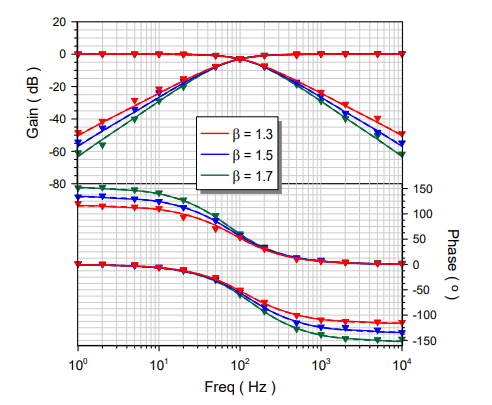Breadcrumb
Reliability and Security Analysis of an Entanglement-Based QKD Protocol in a Dynamic Ground-to-UAV FSO Communications System
Quantum cryptography is a promising technology that achieves unconditional security, which is essential to a wide range of sensitive applications. In contrast to optical fiber, the free-space optical (FSO) link is efficiently used as a quantum channel without affecting the polarization of transmitted photons. However, the FSO link has several impairments, such as atmospheric turbulence and pointing errors, which affect the performance of the quantum channel. This paper proposes a quantum key distribution (QKD) scheme that uses a time-bin entanglement protocol over the FSO channel that suffers from various channel impairments. Due to the interest in unmanned aerial vehicles (UAVs) and their usefulness for many social, internet-of-things (IoT), civil, and military applications, the proposed QKD-FSO system is integrated with the ground-to-UAV platform. Furthermore, variances in the position and orientation of the UAV are investigated using a tracking system. These variances are considered when evaluating the overall performance of the proposed integrated system. For this purpose, closed-form expressions are obtained for the system average symbol error rate (ASER) and outage probability. The Monte Carlo simulation is used to verify the validity of the proposed expressions. The system security is investigated assuming photon number splitting (PNS) attack. Moreover, the transmit power, time-bin number, and modulation order are optimized to maximize the raw and secret key rates. The results show that for 500 m link, ASER < 10-1 and link outage probability < 10-1 with tolerating boresight displacement up to 30 cm, the system should be configured at receiver's field-of-view > 22 mrad and signal-to-noise ratio >7.5 dB which leads SNRth < 2.5 dB and raw key rate maximized by adjusting the number of time bins according to the received SNR. © 2013 IEEE.



